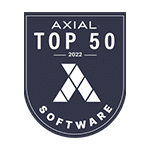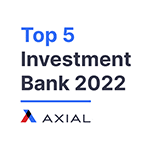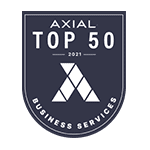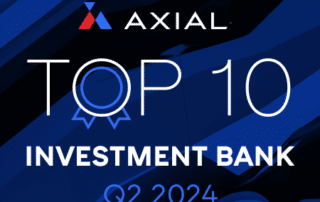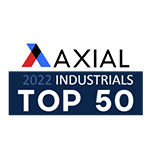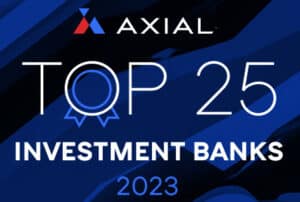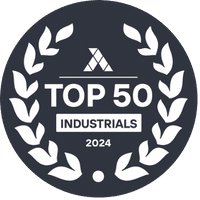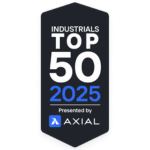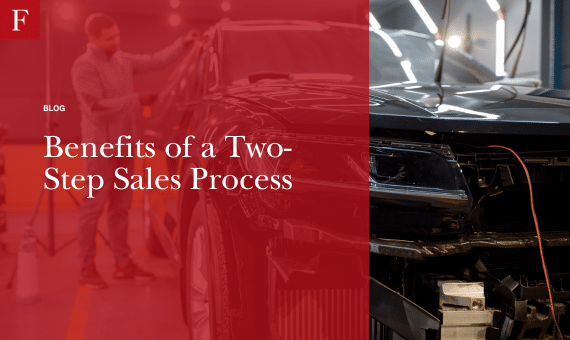
Benefits of a Two-Step Sales Process
I might have mentioned before that we find automotive aftermarket industry transactions take a bit more time to get done than IT or health care industry transactions. I believe one reason for this is that many auto-related business owners whom we represent never started their business for the sole purpose of eventually selling it.
Tire dealers and others in automotive also tend to be more contemplative of their exit timing. They’re in no great hurry to get out. Matching the contemplative nature of sellers, buyers of automotive aftermarket businesses are also thoughtful and discriminating in the types of companies that they acquire.
So to match the pace of automotive deals and because we find it more effective, we employ a two-stage sale process. A two-stage sale process involves first getting indications of interest (IOIs) from as many buyers as we can and then narrowing down that buyer pool by inviting the more serious ones to submit formal letters of intent (LOIs).
When we’re ready with all the materials we need to go to market, we assemble what we call a target list of strategic buyers that make sense for the business.
We maintain our own database of buyers that we have done deals with or shown deals to in the past and have their personal cell phone numbers and email addresses in our own phones.
Last, we have a dedicated research department that we employ to dig into the industry and fill out the list of buyers in case we missed anything. We prefer to leave no stone unturned when it comes to developing the target list.
This list is then divided up by the investment bankers working the deal. We reach out via email and phone by sending a blind teaser which describes the business in general terms without identifying the name or exact location. The teaser is a two-page document that is intended to get a buyer to want to learn more, which they can do after signing a confidentiality agreement.
When the buyer is a new entity that we are not familiar with, we always have a phone discussion to make sure the interest level is real and that they have the resources to get a deal done.
After having multiple conversations about the opportunity, sending out confidential info memorandums and sending an instructional process letter, the next step is getting an IOI from the prospective buyer by a certain date. Here’s exactly what we have in our IOI request:
- Purchase price range and form of consideration. Your indication of interest should specify a preliminary, non-binding purchase price range to acquire the assets owned and operated by our client. You should assume that the company is free of cash and third-party debt.
- Financing. Your letter should provide a description of the sources and levels of financing contemplated, if applicable, as well as the timing involved and the steps required to secure the necessary funds for the transaction.
- Due diligence and timing. Your letter should provide a summary of due diligence topics or additional information you will require to complete your investigation of the company and submit a binding offer. Also indicate the period of time that you believe will be necessary to satisfy your due diligence requirements, along with an anticipated closing date.
- Real estate. Description of your intent to purchase the real estate and valuation or method of valuation thereof.
- Conditions and approvals. Describe all conditions required to consummate a transaction, including any corporate, shareholder or regulatory approvals which will be necessary for you to receive in order to complete an acquisition of the company.
- Other considerations. Please provide any other terms, considerations or assumptions that may be material to the company in determining which prospective buyers it will select.
Upon reviewing the IOIs, the client decides who we want to take the next steps with. This might involve supplying more financial and other information, like tire unit sales mix, having a Zoom meeting between the parties and visiting the client’s business confidentially after hours.
All of this is intended to provide the buyer with the information that they need to generate a more comprehensive LOI to purchase the business. We then let the buyer know the due date for formal LOIs. These LOIs include more detail of the above IOI items, along with discussions of employment agreements, non-compete clauses, exclusivity, timing, etc.
Upon gathering the LOIs, with our guidance, the client decides which buyers we are going to negotiate with to find the ultimate buyer with the most acceptable LOI. The next step is to sign the re-negotiated LOI, take the business off the market and enter due diligence for 90 to 120 days until closing.
This article was previously published on Modern Tire Dealer.


